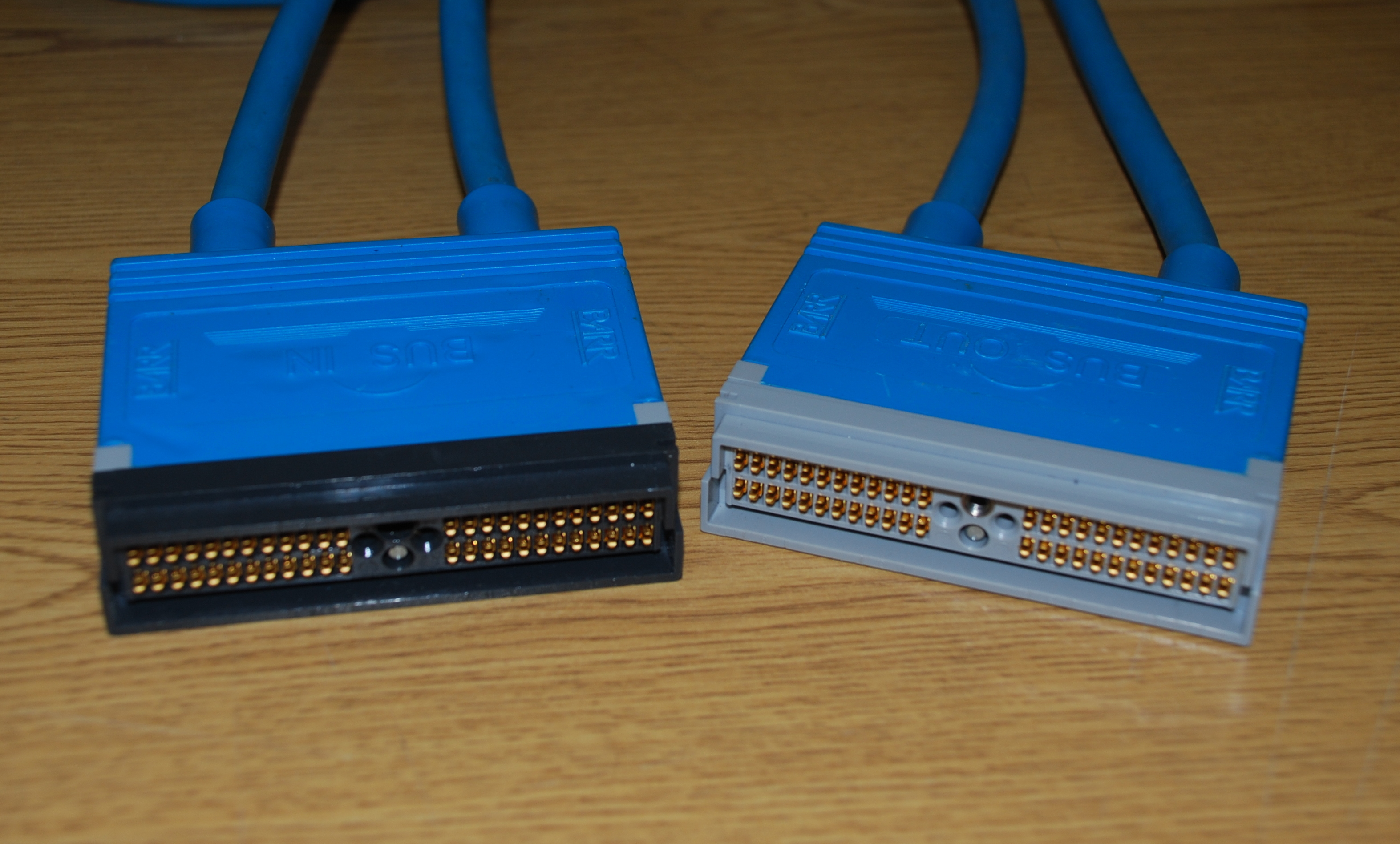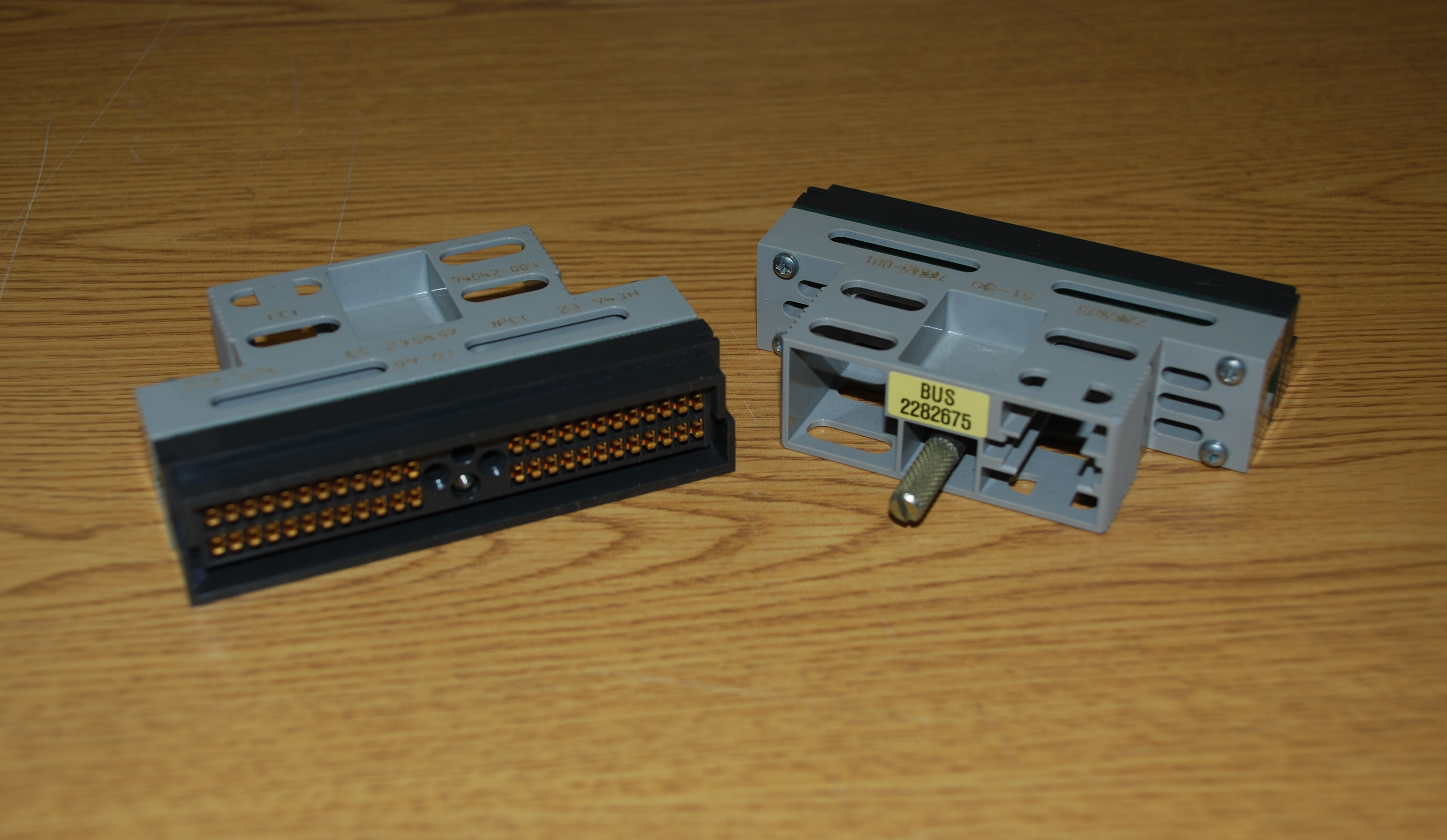Shared Consolidated Storage Systems – A Brief History
Hey, “Shared Consolidated Storage Systems” did you just make that up? Why yes, yes I did.
For as long as we have had computers there has been a need to store and retrieve data. We have covered the basics of hard disks, RAID and solid state storage. We have looked at all of this through the aspect of being directly attached to a single server. It’s time we expand to attaching storage pools to servers via some kind of network. The reason I chose to say shared and consolidated storage instead of just SAN or Storage Area Network was to help define, broaden and give focus to what we really mean when we say SAN, NAS, Fibre Channel or even iSCSI. To understand where we are today we need to take a look back at how we got here.
Once, There Were Mainframes…
Yep, I know you have heard of these behemoths. They still roam the IT Earth today. Most of us live in an x86 world though. We owe much to Mainframes. One of these debts is networked storage. Way back when, I’m talking like the 1980′s now, Mainframes would attach to their storage via a system bus. This storage wasn’t internal the way we think of direct attached storage though. They had massive cables running from the Mainframe to the storage pods. The good folks at IBM and other big iron builders wanted to simplify the standard for connecting storage and other peripherals.

Who doesn’t love working with these cables?

You could never lose this terminator!
Out With The 1960′s And In with the 1990′s!
Initially IBM introduced it’s own standard in the late 80′s to replace the well aged bus & tag and other similar topologies with something that was more robust and could communicate over optical fiber. ESCON was born. The the rest of the industry backed Fibre Channel which is a protocol that works over optical fiber or copper based networks, more importantly it would be driven by a standards body and not a single vendor. Eventually, Fibre Channel won out. In 1994 Fibre Channel was ratified and became the defacto standard even IBM got on board. Again, we are still talking about connecting storage to a single Mainframe, longer connections were possible and the cabling got a lot cleaner though. To put this in perspective, SQL Server 4.2 was shipping at that point with 6.0 right around the corner.
High Performance Computing and Editing Video.
One of the other drivers for Fibre Channel was the emerging field of High Performance Computing (HPC) and the need to connect multiple mainframes or other compute nodes to backend storage. Now we are really starting to see storage attached via a dedicated network that is shared among many computers. High end video editing and rendering farms also drove Fibre Channel adoption. Suddenly, those low end pc-based servers had the ability to connect to large amounts of storage just like the mainframers’.
Commodity Servers, Enterprise Storage.
Things got interesting when Moore’s Law kicked into high gear. Suddenly you could buy a server from HP, Dell or even Gateway. With the flood of cheaper yet powerful servers containing either an Intel, MIPS, PPC or Alpha chip you didn’t need to rely on the mainframe so heavily. Coupled with Fibre Channel and suddenly you had the makings for a modern system. One of the biggest challenges in this emerging commodity server space was storage management. Can you deal with having hundreds of servers and thousands of disks without any real management tools? What if you needed to move some unused storage from server A to Server B? People realized quickly that maintaining all these islands of storage was costly and also dangerous. Even if they had RAID systems if someone didn’t notice the warnings you could lose whole systems and the only people who knew something was up was the end user.
Simplify, Consolidate, Virtualize and Highly Available
Sound familiar? With the new age of networked storage we needed new tools and methodologies. We also gained some nifty new features. Network attached storage became much more than a huge hard drive. To me, if you are calling your storage solution a SAN it must have a few specific features.
Simplify
Your SAN solution must use standard interconnects. That means if it takes a special cable that only your vendor sells it doesn’t qualify. In this day and age, if a vendor is trying to lock you into specific interface cards and cables they are going to go the way of the dodo very quickly. Right now the two main flavors are Fiber Optics and copper twisted pair a.k.a Ethernet. It must also reduce your management overhead this usually means a robust software suite above and beyond your normal RAID card interface.
Consolidate
It must be able to bring all your storage needs together under one management system. I’m not just talking disks. Tape drives and other storage technologies like deduplication appliances are in that category. The other benefit to consolidation is generally much better utilization of these resources. Again, this falls back to how robust the software stack that your SAN or NAS comes with.
Virtualize
It must be able to abstract low level storage objects away from the attached servers allowing things like storage pools. This plays heavily into the ability to manage the storage that is available to a server and maintain consistency and up time. How easily can I add a new volume? Is it possible to expand a volume at the SAN level without having to take the volume off-line? Can other resources share the same volumes enabling fun things like clustering?
Highly Available
If you are moving all your eggs into one HUGE basket it better be one heck of a basket. Things like redundant controllers where one controller head can fail but the SAN stays on line without any interruption to the attached servers. Multiple paths into and out of the SAN so you can build out redundant network paths to the storage. Other aspects like SAN to SAN replication to move your data to a completely different storage network in the same room or across the country may be available for a small phenomenal add on fee.
If your SAN or NAS hardware doesn’t support these pillars then you may be dealing with something as simple as a box of disks in a server with a network card. Realize that most SANs and NAS’es are just that. Specialized computers with lots of ways to connect with them and some really kick-ass software to manage it all.
Until Next Time…
Now that we have a bit of history and a framework we will start digging deep into specific SAN and NAS implementations. Where they are strong and where they fall flat.
The post The Fundamentals of Storage Systems – Shared Consolidated Storage Systems appeared first on .


